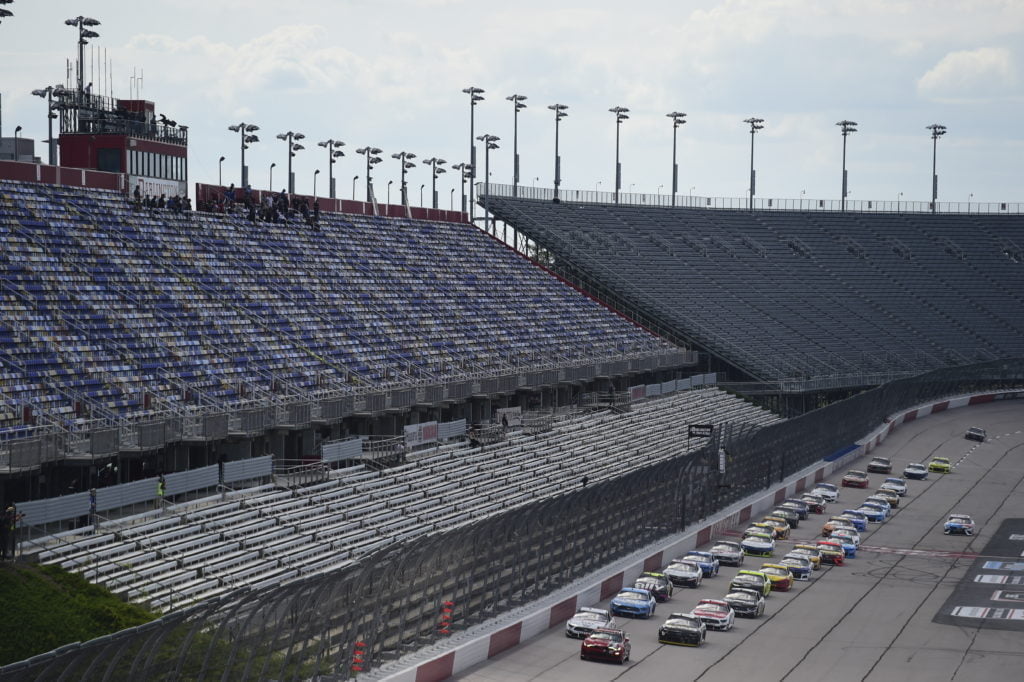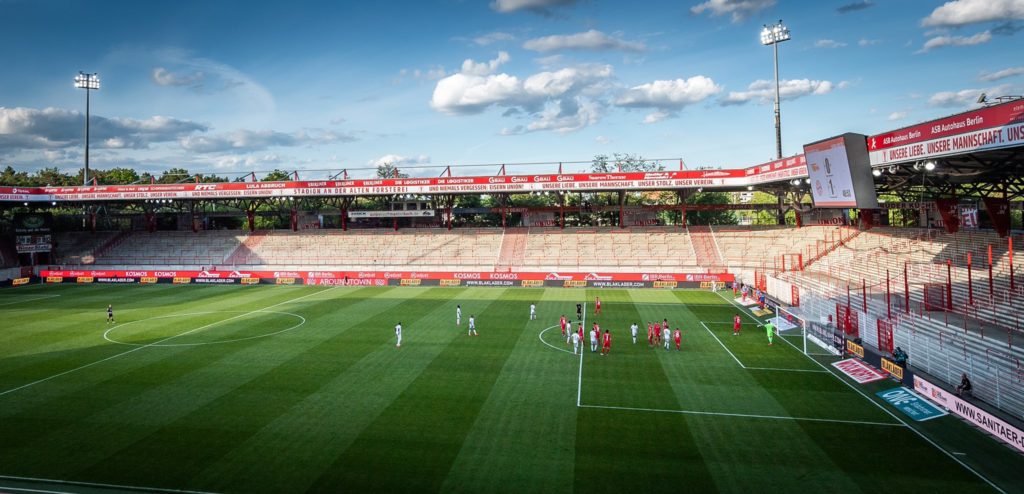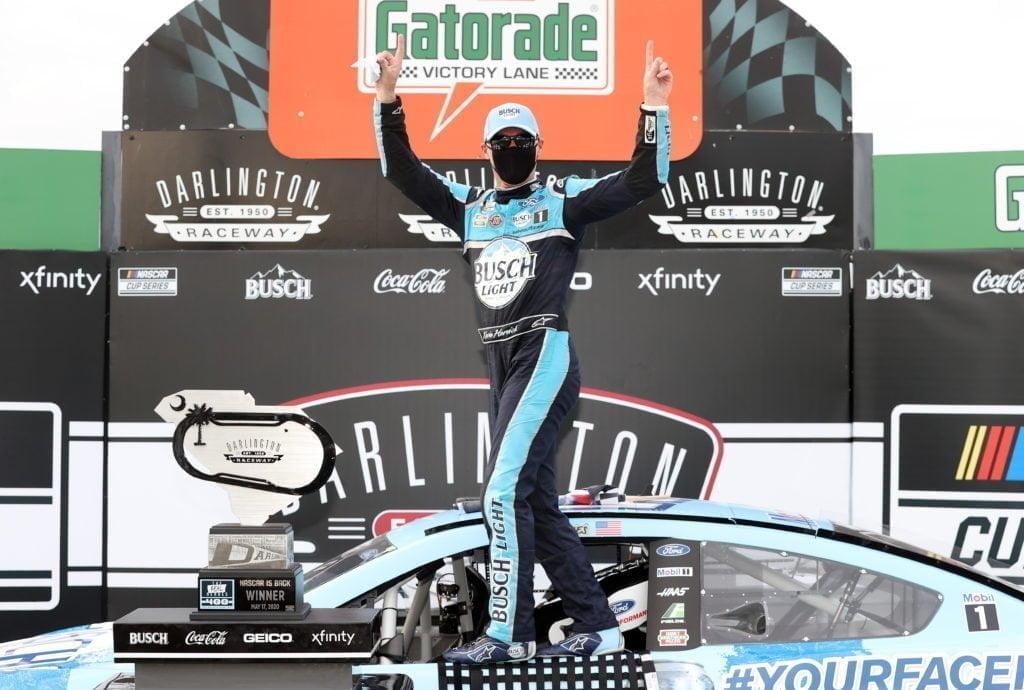The last time the Formula 1 paddock was together was on Friday March 13 in Albert Park, Melbourne. It was a couple of days after the worsening COVID-19 coronavirus epidemic had been declared a pandemic and sporting entities across the world were putting the brakes on their respective campaigns. A press conference was held just outside of the paddock and hundreds of people congregated, all close together, as the 2020 season was ripped up before it even started. The press conference concluded just after midday, with paddock access then restricted to team personnel only at 12:30. And the Australian Grand Prix was done and dusted.
When the Formula 1 paddock, hopefully, reconvenes in Austria, in early July, life will be very different. There will be fewer people: reduced headcount for teams, a cut-back FOM TV set-up, and more strikingly no fans: no fan zone, no-one trying to get a glimpse of drivers, no crowding for autographs and selfies.

Sport has been pushed into the virtual world in recent weeks, save for the Belarusian league and a smattering of French horse races (thanks, in part, to its remit under the agricultural industry rather than sporting jurisdiction), but this past weekend the Bundesliga – and 2. Bundesliga – returned, as did NASCAR, at the Darlington Raceway in South Carolina.
It meant that live top-level sport was back on TV screens, but not in the manner to which we have become accustomed, providing a glimpse as to what we can expect as a viewing spectacle when Formula 1 returns.
The most-striking aspect was the lack of atmosphere thanks to the reduced capacity of respective venues and, more pressingly, the absence of spectators.
With the Bundesliga this was far more pronounced than NASCAR – which obviously had the loud roar of the engines as per usual. For Borussia Dortmund vs Schalke’s derby would usually be played out in front of 80,000 frenzied spectators at the Signal Iduna Park but instead there were around 300 people. Players from opposing teams emerged separately, substitutes sat wearing masks, spaced two metres apart, sometimes resorting to sitting on the empty spectator seats in order to enforce the regulation. The intensity and quality was there on the pitch but the sterile atmosphere undoubtedly led to a weird spectacle, with shouts between players audible and the noise of the ball being kicked echoing around the empty arena. It naturally lacked passion, the jubilation or devastation when a goal is scored, and created a bizarre aura as if the encounter lacked importance.

In NASCAR, the empty stands created an unwelcoming backdrop, as did the sparse nature of the infield section, while there was no whooping or cheering to and from the fans when the race came to an end. It was job done, win gathered, onto the next one. The lack of practice or qualifying also added to the slightly jarring effect as the field of 40 went straight into racing. At any European grands prix that take place this year there will be no spectators, so forget about the bouncing Orange Army at Spielberg or the 140,000 fans largely getting behind Lewis Hamilton at Silverstone. There will be acres of verdant countryside and vast expanses of nothing at those venues this year. The requirement not to construct some grandstands will mitigate the empty effect, as will clever camera angles and perhaps some CGI usage, but it will create a weird aura, more akin to an FP1 session in Bahrain or an in-season young driver test day in Spain than a World Championship race day. Kevin Harvick, after triumphing at Darlington Raceway, was clearly taken aback as he looked to the empty grandstands and acknowledged the “dead silence”, while the victorious Bundesliga teams didn’t really know where to look or what to do after the final whistles.
The restrictions on media – which will apply for F1 but the exact mechanisms of which are still being discussed – also altered the TV spectacle. For the Bundesliga pundits worked from a studio, or remotely, with the commentary team operating from their respective homes – rather than pitch side – leading to a slight delay and detachment. TV interviews carried out by the few approved outlets were undertaken from a safe distance, leading to a two-metre gap, assisted by an extender placed on a microphone.
In NASCAR it was similar. Fox Sports had a limited crew on-location, with most of their talent taking part in a remote ‘watchalong’ from home, and the sole pit reporter – Regan Smith – covered his nose and mouth at all times while speaking to the camera, as required. Jimmie Johnson, interviewed after crashing out of the lead, wore a mask, keeping two metres from Smith and a four-man camera crew. It will lead to a different interview format and style when Formula 1 returns. Already, on Thursday in Australia, an altered protocol had been enacted, with written media (who are highly unlikely to be present at the opening rounds anyway) kept two metres back from drivers, and all broadcast interviews carried out by Formula 1 itself. The TV package will certainly be different in 2020 to 2019. There will be no frenzied atmosphere. No emotionally-charged podium ceremonies with fans lining the track as far as the eye can see. We’ll have to wait a while for those.
The Bundesliga and NASCAR have paved the way for the rest in providing a glimpse of the immediate future for televised sport: no fans, a weird atmosphere, a different perspective, and social distancing where possible among the cut-back personnel on-location. It is sport, and not as we know it, but it’s better than no sport at all.











Discussion about this post